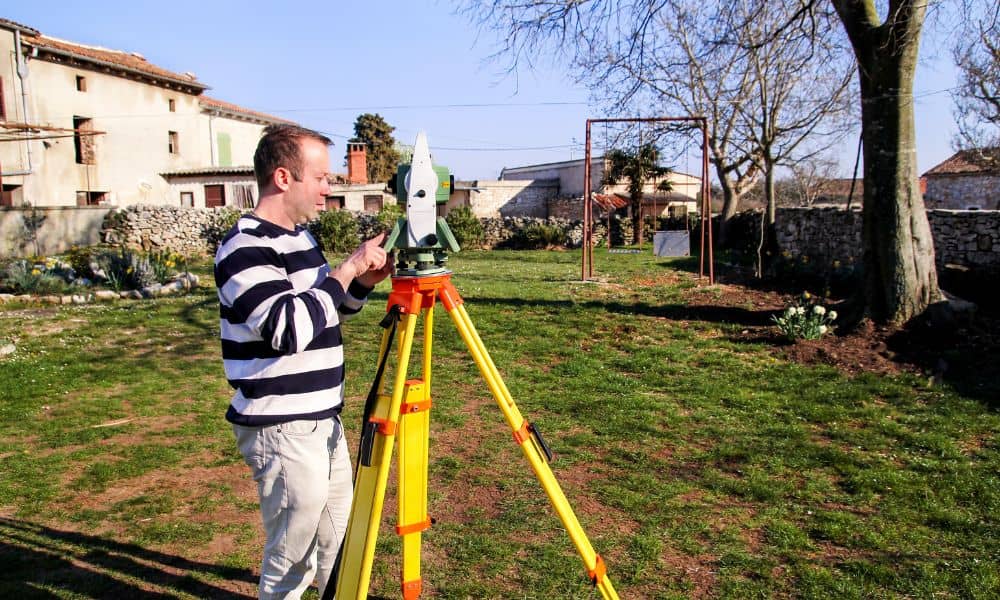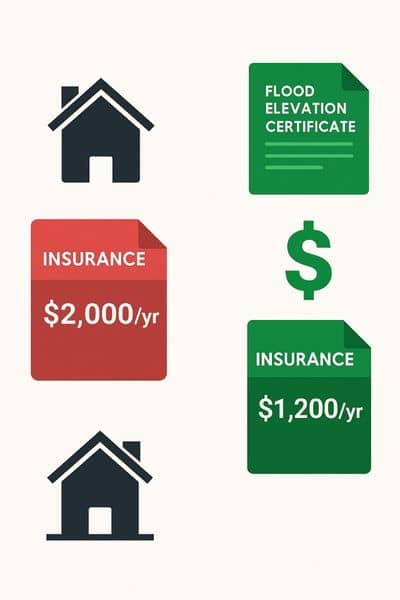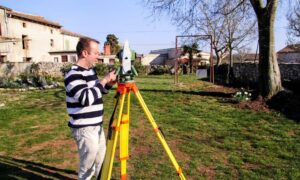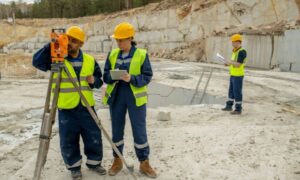
Big news hit the flood insurance world last week. A U.S community earned a major discount for its homeowners when FEMA raised its rating in the National Flood Insurance Program. Families there will now save up to 35% on their premiums. That’s a big win, and it made headlines across the country. But it raises an important question for us: could we do the same? The answer has a lot to do with something called a flood elevation certificate. This document may not sound exciting, but it’s one of the keys to lowering your personal flood insurance costs and helping our community earn better ratings that lead to even bigger discounts.
How Bowling Green Stacks Up
Bowling Green already participates in FEMA’s Community Rating System (CRS). Right now, the city sits at Class 7, which gives homeowners about a 15% discount on flood insurance. That’s not bad, but it’s far from the top. The U.S community that made news recently moved to Class 3. That single change doubled their discounts, pushing savings to 35%.
If Bowling Green could climb even two classes, to Class 5, families here would save an extra 10%. Imagine reaching Class 3, where the average savings could cover part of a mortgage payment. The potential is huge, but we need more verified data to get there—and that’s where flood elevation certificates come in.
Why a Flood Elevation Certificate Is So Powerful
A flood elevation certificate shows the exact height of your home in relation to FEMA’s Base Flood Elevation. This number is critical because it helps insurers decide how risky your property is to cover.
- If your home sits higher than the base level, you’ll likely pay less.
- If it’s lower, you may pay more, but you’ll know your true risk.
For homeowners, that means a flood elevation certificate can directly reduce your insurance costs. For the city, it means more accurate records, stronger data, and the ability to prove that it is managing flood risk responsibly. When FEMA sees that kind of effort, it rewards the whole community with better CRS scores.
The Local Twist: Karst and Sinkholes
Now, Bowling Green isn’t a coastal city. Our flood risks look different. Instead of storm surge, we deal with karst terrain. That means sinkholes, underground drainage, and sudden flash flooding. Water can vanish into the ground in one spot and bubble up in another, creating hazards you won’t see on a typical map.
Because of these conditions, general flood maps don’t always tell the full story. A flood elevation certificate, completed by a licensed land surveyor, gives you precise information about your property. It shows whether your home is truly above or below the risk line. In a city like Bowling Green, with its maze of underground channels, that precision is priceless.
How Homeowners Benefit Right Away

Let’s bring it back to your wallet. If you’re required to carry flood insurance, your premium is based on how risky the insurer believes your property is. Without a flood elevation certificate, they often assume the worst. You could be paying hundreds—or even thousands—more each year simply because no one has proven your home sits higher than FEMA’s flood line.
Here’s the good news: once you have the certificate, you can show your insurer and request a lower rate. Two houses in the same neighborhood may look alike, but if one has an updated flood elevation certificate proving it sits higher, that homeowner will almost always pay less.
The Bigger Picture: Helping “Level Up”
So, how does one person’s flood elevation certificate help the entire community? It comes down to FEMA’s scoring system. The more accurate elevation data collected, the more points the city earns toward a better CRS rating. That rating, in turn, leads to bigger discounts for everyone—not just those who ordered certificates.
Think of it like this: every time a homeowner requests a flood elevation certificate, they’re adding a puzzle piece. Eventually, all the pieces come together to show FEMA that it takes flood risk seriously. That’s how other communities have earned their big discounts, and it’s how we could move from Class 7 to Class 5—or even Class 3.
What It Would Take to Get There
Reaching a higher CRS class isn’t just about individual effort. It requires a mix of stronger building codes, smarter stormwater management, and public awareness. But homeowners play a key role. Every certificate ordered helps. Every conversation about flood risk builds momentum.
The City-County Planning Commission already manages local floodplain rules. With more community participation, Bowling Green could achieve the same kind of progress we’ve seen elsewhere. Imagine opening your renewal letter and seeing your flood insurance premium drop by a third. That’s the payoff.
Moving from News to Action
The U.S. story shows what’s possible when communities work together. Bowling Green may not have coastal challenges, but our sinkholes and drainage problems are just as real. By using flood elevation certificates to prove where we stand, we can push for stronger flood ratings and lower costs.
If you’re a homeowner, builder, or buyer, the message is simple: don’t wait. Talk to a licensed land surveyor about getting a flood elevation certificate. It’s one small step for you, but it could help unlock big savings for our entire city.
Final Thoughts
Flood insurance is expensive, and no one likes paying more than they have to. Communities across the U.S. are already proving that better ratings can save homeowners thousands. Bowling Green has the same opportunity, but it starts with individual action.
A flood elevation certificate gives you clarity, protects your home, and lowers your premiums. More importantly, it helps our whole community move closer to those headline-making discounts. In a city built on karst terrain, that’s not just smart planning—it’s essential.





